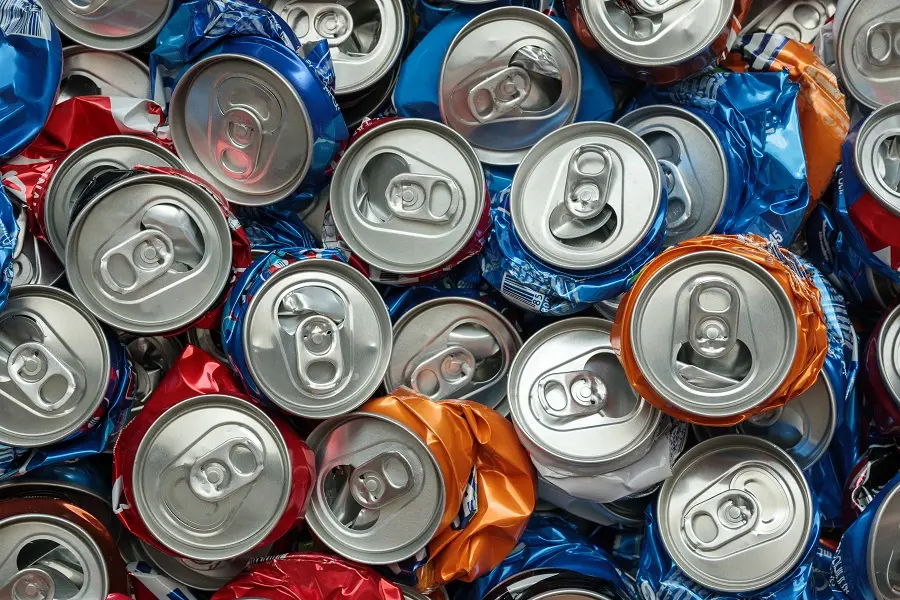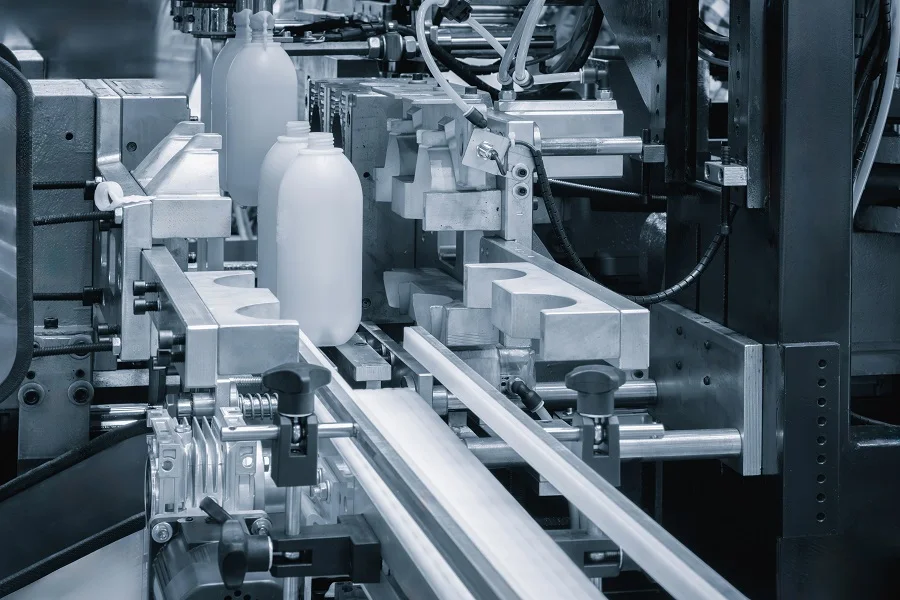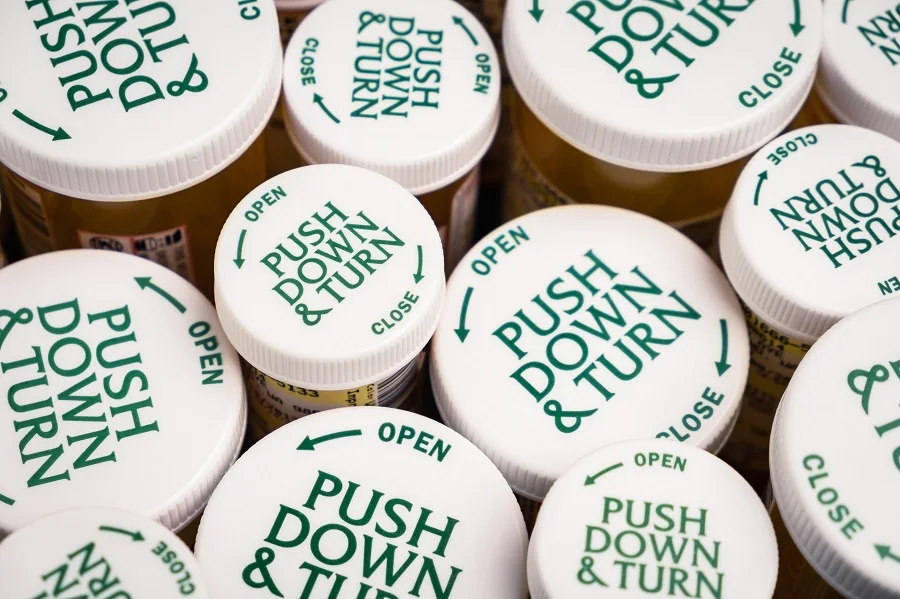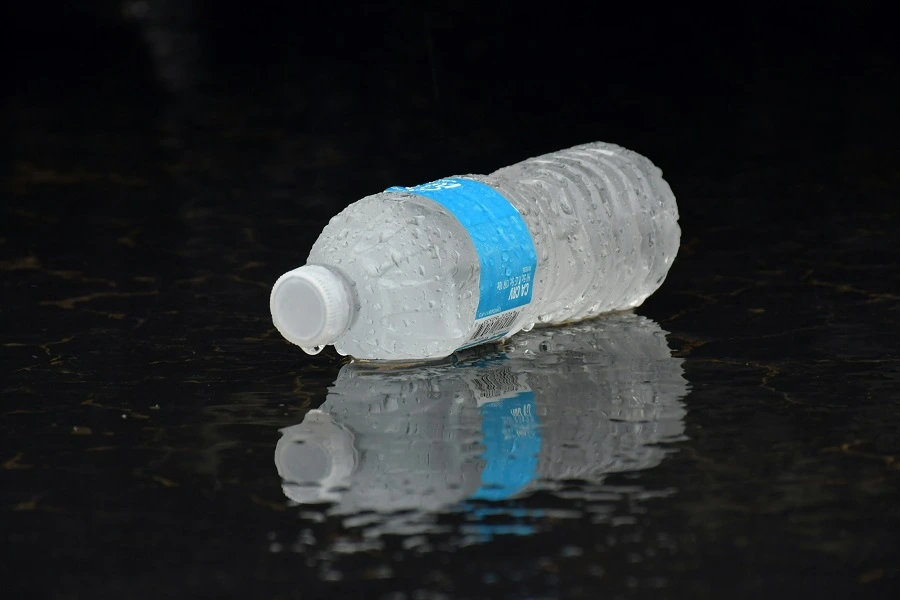Metal vs. Plastic Packaging: Which Choice Leaves a Lighter Footprint?
- ByRobert "Rob" Starmann
- July 16, 2025
Consumers are increasingly scrutinizing the environmental impact of their purchases, and packaging is under the microscope. At Ashland Container, we have over 50 years of experience providing tailored packaging solutions, so we understand this challenge.
The debate between metal vs. plastic packaging is more complex than ever. Which option truly leaves a lighter footprint? Understanding the nuanced environmental trade-offs is crucial for making responsible choices that align with your brand values and resonate with today's eco-conscious consumers.
To help you compare, let’s look at the environmental pros and cons of metal and plastic packaging across various stages of their lifecycle.
Environmental Impact of Packaging: Metal vs. Plastic
The environmental impact of packaging is complex. Consumers are demanding sustainable choices, and understanding the trade-offs between metal and plastic is key. We'll break down the key stages, comparing these materials based on specific criteria to help your business make informed decisions.
1. Raw Material Extraction
Aluminum production relies on bauxite mining, a process that can lead to deforestation, soil erosion, and water pollution due to mine runoff. Responsible mining practices are critical, emphasizing minimizing habitat disruption and managing water resources effectively.
The majority of plastics are derived from petroleum, a non-renewable fossil fuel. Extraction processes, like drilling and fracking, can result in habitat destruction, water contamination, greenhouse gas emissions, and the risk of environmentally damaging oil spills.
2. Manufacturing Process
Transforming bauxite into aluminum requires substantial energy for smelting and refining, so transitioning to renewable energy sources is vital. However, metal manufacturing processes often utilize closed-loop systems that capture and recycle process water, reducing water pollution from the manufacturing process.
Polymerization, or creating plastics from petroleum, is an energy-intensive process that releases greenhouse gases. Manufacturing plastic packaging often involves using additives, such as phthalates and BPA, which can leach into the environment and potentially harm human health.
3. End-of-Life Degradation
Metals don’t degrade in the same way as organic matter. While they don't break down into microplastics, they can corrode and release metallic compounds into the environment, potentially contaminating soil and water. Proper waste management is crucial.
Most conventional plastics aren’t biodegradable, so they can persist in the environment for hundreds or thousands of years. In landfills, plastics take up valuable space and can leach harmful chemicals into the soil and groundwater. Microplastics, tiny plastic particles resulting from the breakdown of larger items, are an emerging environmental concern.
4. Recycling Potential

Aluminum and steel boast some of the highest recycling rates of any packaging material. Aluminum is infinitely recyclable without losing quality, meaning it can be recycled repeatedly without degradation. The economic value of scrap metal incentivizes recycling efforts.
Plastic recycling rates are significantly lower than metal. Complex sorting requirements, contamination issues, and limited market demand for recycled plastics impact recycling efforts. In reality, many types of plastic aren’t readily recyclable, leading to landfilling or incineration.
5. Landfill Impact
While metals are not biodegradable, they are relatively stable in landfills. However, improper management of metals in landfills can still risk leaching and soil contamination. Reducing the amount of metal entering landfills is crucial.
The sheer volume of plastic waste in landfills contributes to space scarcity and potential environmental hazards. Plastic's slow degradation rate means it will stay in landfills for generations. Microplastic pollution is an added concern.
6. Transportation & Logistics
Metal, especially steel, is generally heavier than plastic, which can lead to higher fuel consumption during transportation. Lightweighting efforts in metal packaging can significantly reduce transportation emissions. Efficient packaging design that maximizes space utilization is essential. The rigidity of metal might allow for more efficient stacking and reduced need for void fill.
Plastic is typically lighter than metal, resulting in lower transportation fuel costs. However, inefficient packaging designs can negate these benefits. Sustainable transportation options such as alternative fuels and optimized logistics can reduce plastic packaging’s carbon footprint.
7. Consumer Perceptions & Brand Responsibility
Metal is often perceived as more premium, durable, and environmentally friendly than plastic. Consumers associate metal with quality and recyclability. Positive consumer perceptions of metal can drive purchasing decisions and brand loyalty. Brands should be open about their sustainability efforts, including material sourcing, manufacturing processes, and recycling initiatives.
Plastic is often viewed as inexpensive and convenient, but also as a significant source of pollution. Negative perceptions of plastic are growing as consumers become more aware of environmental issues. It’s ideal for brands to address these negative perceptions through innovative, sustainable packaging solutions and clear communication.
For example, show responsibility by designing to make it visually appealing, and using clear labeling about recycling instructions that enhances brand appeal and promotes responsible consumer behavior. Brands can also consider getting extended producer responsibility programs.
Unsure Which Packaging Is Right for You?
Get expert guidance! Contact Ashland Container for a personalized packaging consultation and discover the optimal solution for your brand and the environment.
Making Informed Choices: Balancing Sustainability and Practicality
The choice between metal vs. plastic packaging isn't always black and white. Both materials have unique environmental challenges and advantages, and the "best" option depends on context. By thoughtfully considering the entire lifecycle of your packaging — from sourcing to end-of-life — prioritizing recyclability and recycled content, and partnering with responsible suppliers, you can make the ideal decision for your brand.
At Ashland Container, we're committed to helping you navigate these complexities. With over 50 years of experience, we can help you navigate this important topic confidently. We invite you to contact our packaging experts for tailored solutions that balance environmental responsibility, cost-effectiveness, and your brand’s unique needs. Let us help you create packaging that not only protects your product but also protects our planet.





